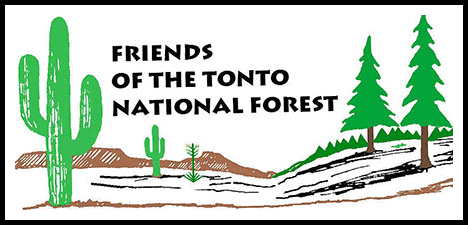Get caught up on latest happenings…
STINKNET is back…
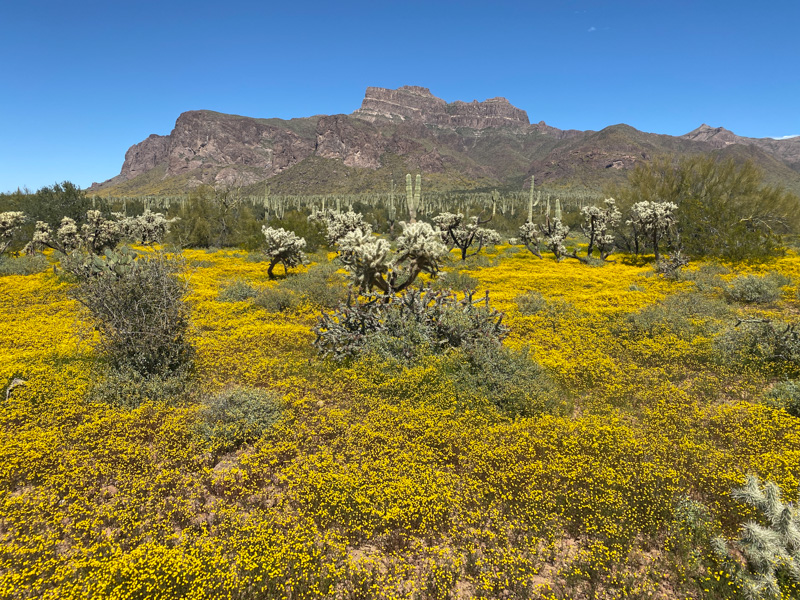
Stinknet has emerged and now is the time to act! For details, click here.
About the Project
The goal of the Invasive Plant Management project is to reduce the fire risk in Tonto National Forest. This is done by mapping and removing plants that are not native to the Tonto National Forest, and monitoring the removal areas to reduce recurrence of these plants. We focus on two prevalent species – fountain grass and buffelgrass. These plants are commonly found along roadsides, and in home and business landscaping. Seeds are easily transported by wind, water, animals, vehicles, hikers, bikers and equestrians. By removing invasive plants, we are reducing the threat of wildfire to nearby communities. We help protect the Forest so the Forest can protect us.
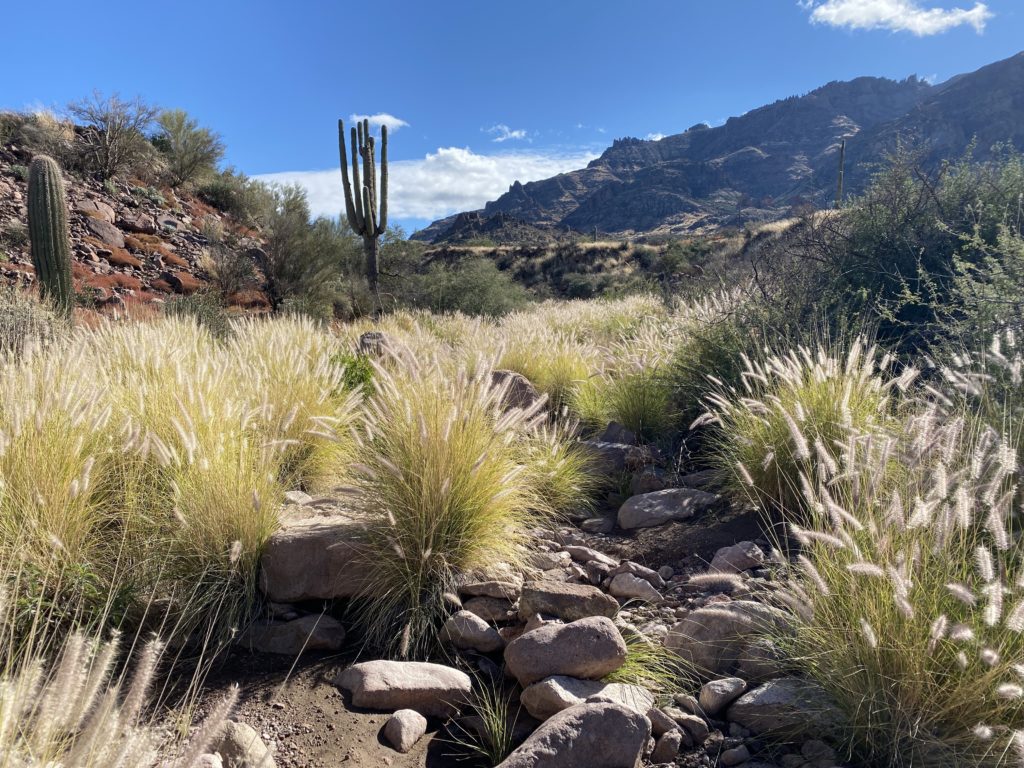
Invasive Plants and Wildfires
Historically, the Sonoran Desert portion of the Tonto National Forest was considered a low fire risk environment. Lightning and other natural causes could ignite a fire, but the natural spacing of the native plants generally carried low intensity fires and for short distances. Most plants native to the Sonoran Desert, including the iconic Saguaro, are not fire adapted, and they do not recover from the effects of a fire.
The increase of forest fires shows how the desert is changing. Wet winter and spring seasons in 2019 and 2020 encouraged plant growth, including invasive species which compete with native plants for water and nutrients. As a consequence, non-native plants provided the fuel to carry the fires over hundreds of thousands of acres, and to burn hotter and longer.
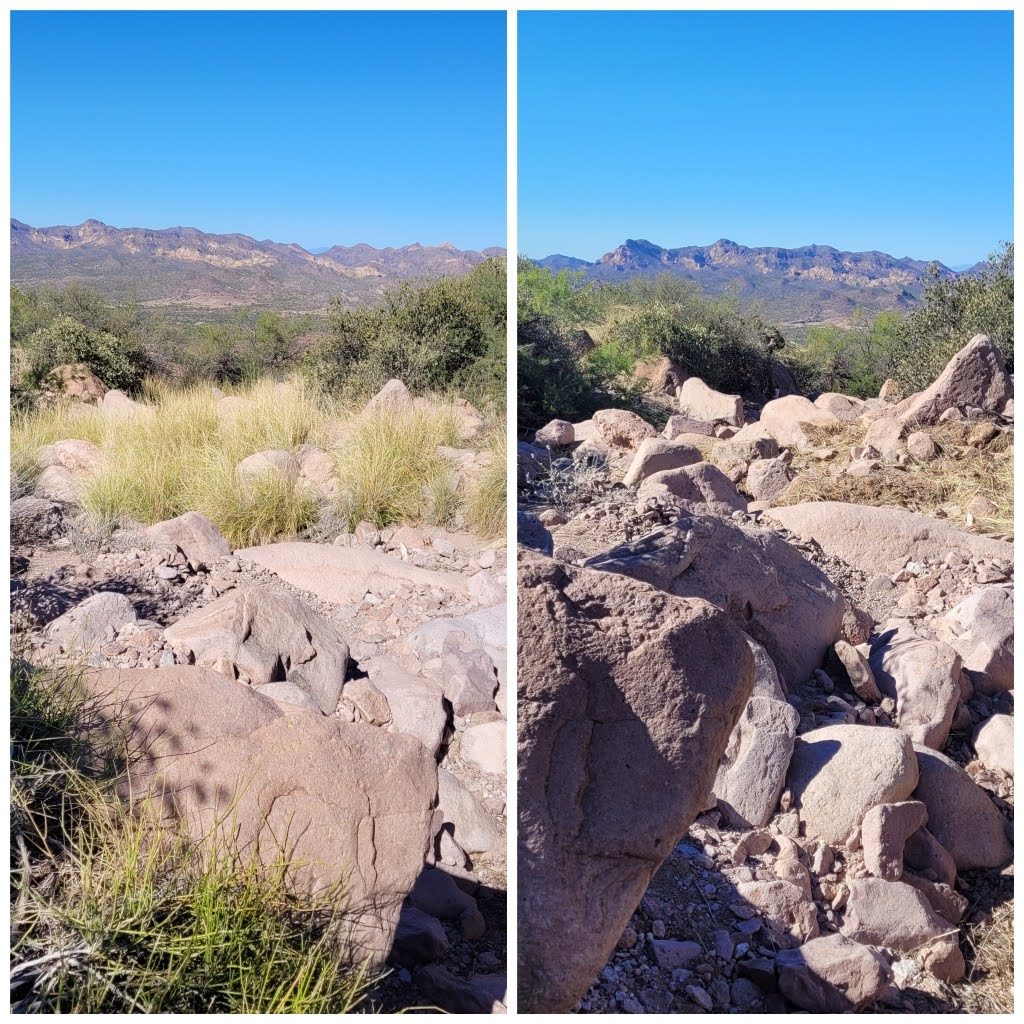
Our Plan
FOTNF currently has two major project areas – the Superstition Mountains and the Usery Mountains. These are Wildland-Urban interface areas, where urban development meets nature. Non-native plants are increasing in this region as a result of urban landscaping and an uptick in public usage. The Superstition project started in 2015 and covers 3,000 acres. The Usery Mountain project started in 2020 and covers 10,000 acres.
- Removing – Removing invasives is done by hand and with chemical treatment. We focus on physical removal by digging up plants. Chemical treatment is used only when necessary, for large areas and plants that are harder to eradicate. Our plan for 2023 is to remove fountain grass and buffelgrass from 13,000 acres of Tonto NF in the areas of Superstition and Usery Mountains. Check out a time lapse video of one of our removal events.
- Mapping – Early detection and rapid response are the key to managing and reducing the accumulation of invasive plants. Our mapping tool allows you to share locations where you find invasive plants.
- Monitoring – Simply removing invasive plants is not enough. Monitoring removal areas is critical to ensure plants don’t return, especially in washes and heavily trafficked areas where seeds are easily transported. Catching these plants early is critical.
- Educating – An important strategy to decreasing invasive plants in the Forest is community education. Check out our brochure which focuses on the invasive plants we commonly see. We welcome opportunities to speak to groups about invasive plants in the Forest.
Mapping and Monitoring
(Instructions for using the map can be found here. To view the map in full screen mode, click here.)
How You Can Help
- Volunteer. Join a removal event, add your observations to our mapping system or play a role in monitoring areas.
- Removal events are the 2nd and 4th Saturdays in October – April and can be found on our event calendar. We truly cannot do this work without the help of many hands, so skip the gym and come dig up grasses with us! We can accommodate large groups and can work with your group to plan removal events on specific days.
- Mapping and monitoring can be done anytime you are out in the Forest using our easy to use ArcGIS Field Map app. Training for mapping and monitoring are held as needed and can be found on our event calendar.
- Choose your landscaping plants carefully. Opt for native plants when doing landscape projects. Consider removing non-native grasses and plants from your yard or workplace, and exchanging them for native plants. Native plants have the additional benefit of being more drought tolerant. The Arizona Native Plant Society is a great resource to help you decide which native plants are best for your region.
- Learn to identify invasive plants.
- The California Invasive Plant Council’s website has good photos of invasive plants that also grow in central Arizona and allows you to download ID cards to carry to the field with you.
- The FREE iNaturalist smart phone app, one of the world’s most popular nature apps, is a great way to identify plants and animals around you while contributing to a world-wide knowledge base! If you’re not sure what it is, take a good photo, and the iNaturalist community of over 400,000 scientists and naturalists will identify it for you. What’s more, by recording and sharing your observations, you help create research quality data for scientists working to better understand and protect nature. iNaturalist is a joint initiative by the California Academy of Sciences and the National Geographic Society.
- Donate to this project. Financial contributions help us expand this work. Funds are used for tools, hiring conservation groups for removals in remote areas, administrative costs, matching funds for grants, and trailhead signage.
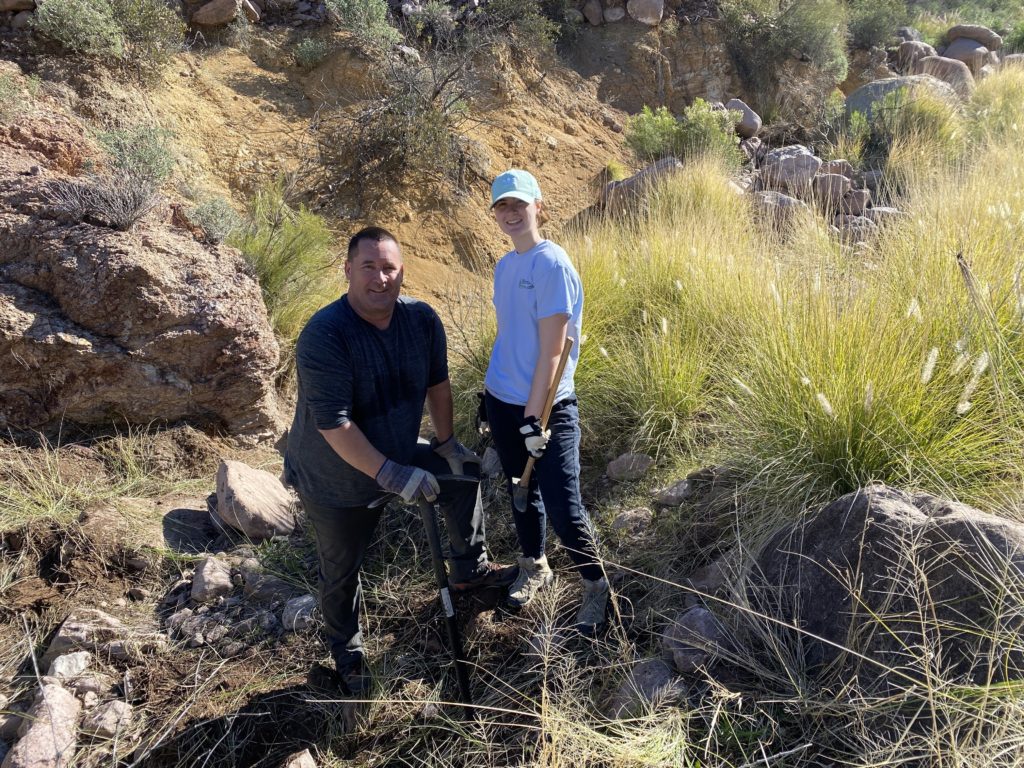
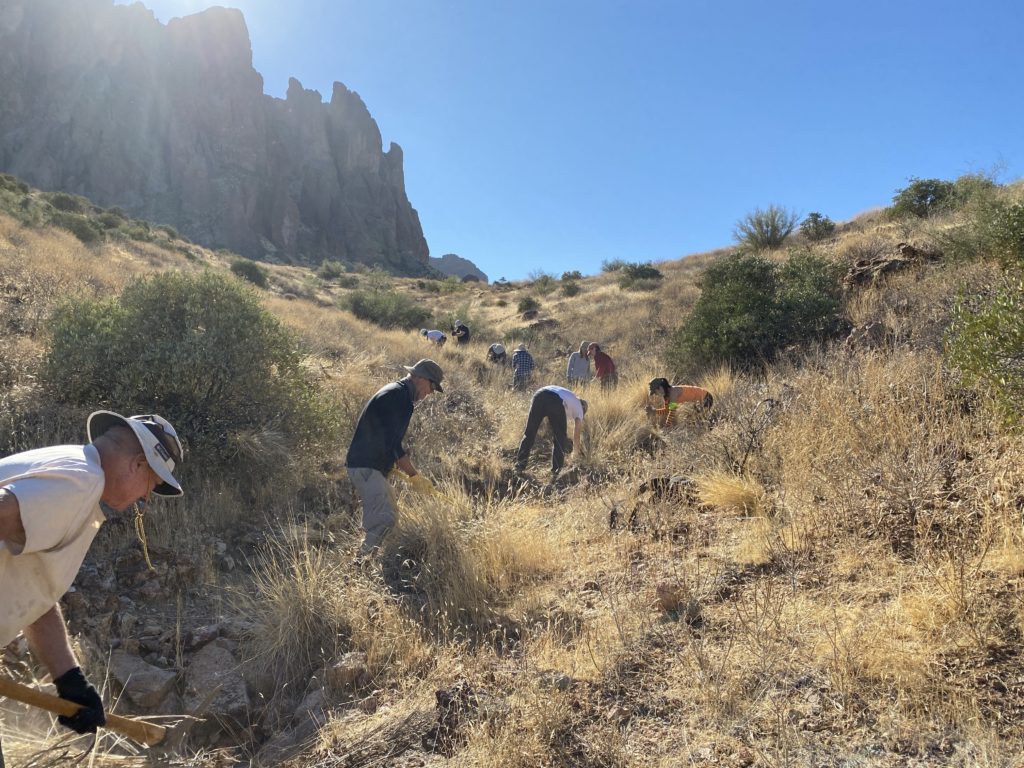
Contact
For more information and questions, reach out to Project Lead Don Pike, don@friendsofthetonto.org.
